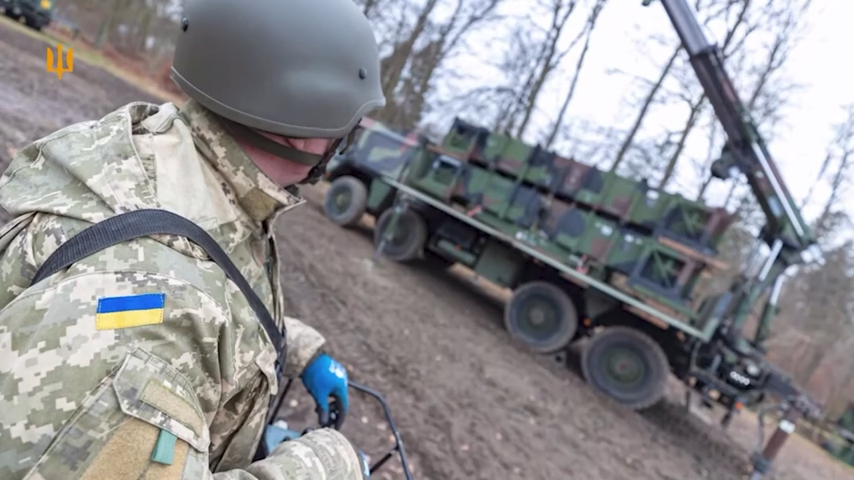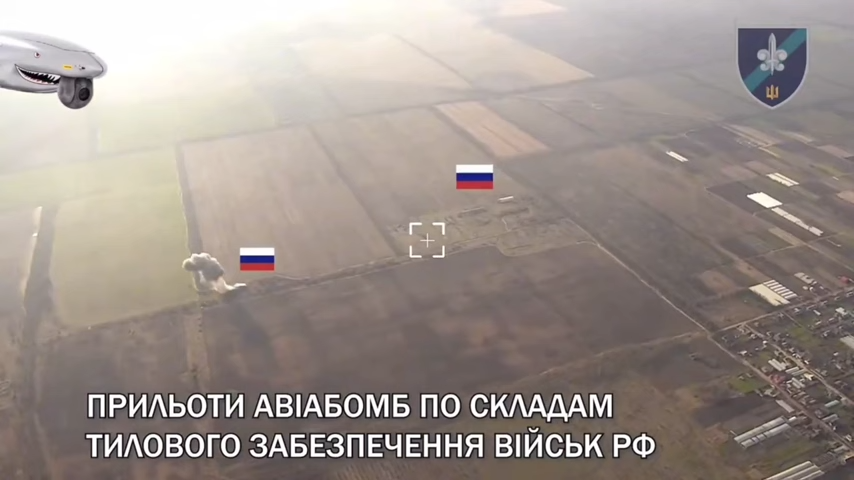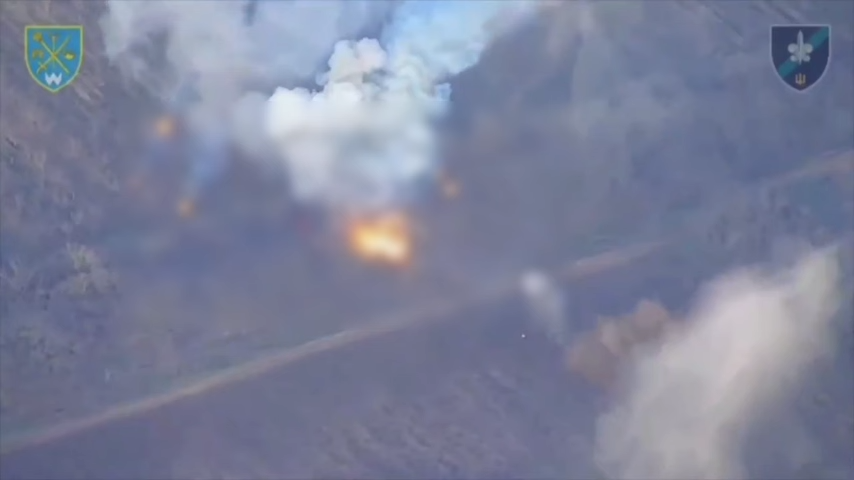Day 667
Today's most significant news emerges from the Kherson Oblast, where Ukrainian forces executed a successful aerial ambush, destroying multiple Russian fighter bombers. This ambush was anticipated due to the recent high concentration of Russian aviation in the area.

Ukrainian and Russian sources reported that Russian forces primarily relied on air-dropped bombs against Ukrainian bridgeheads on the eastern bank of the river. Ground operations on the islands proved almost suicidal for the Russians, as they faced heavy fire from tanks, mortars, and artillery on the higher western bank. Despite their large number, the Russian bombs had low accuracy and efficiency.

To counter the increased frequency of Russian airstrikes, some dropping up to 100 bombs a day, the Ukrainian command sought a solution to deter these attacks. The challenge was significant, as the bombs were being dropped from around 50 km away, out of range of regular air defenses like the "Buk-M1."

Fortunately, the high altitudes at which the Russians operated, exceeding 12 kilometers, did not hinder radar detection and tracking. Ukraine's possession of several Patriot air defense systems, effective up to 160 km and capable of intercepting targets at high altitudes, provided a strategic advantage. By positioning a launcher 100 km from the frontline, Ukrainian forces could still reach the Russian aircraft.

A recent Russian airstrike attempt on Krynky with three Su-34 aircraft, each capable of dropping 18 bombs, ended disastrously. Before the Russian jets could release their bombs, their warning radars signaled imminent targeting. Lacking time to escape, all three fighter bombers were destroyed, with one crew surviving and others not.

Russian analysts later suggested that Ukrainians had kept their Patriot radars inactive on purpose. They theorized that Ukrainians used a small, short-range radar near the frontline, activating their powerful Patriot radar only after trapping the Russian jets. This tactical approach led to the successful ambush, which Russian analysts deemed inevitable given the extensive use of aviation in the Kherson region.

Further complicating the situation for Russian forces, a Ukrainian fighter reported that the Russian command anticipated such attacks and attempted to counter them by targeting Ukrainian postal infrastructure, mistakenly believing Patriot systems were disguised as postal service trucks. Unfortunately for Russians, the actual Patriot systems remained unscathed.

Additionally, Ukrainians launched airstrikes on the Russian side of the river using JDAM bombs.

Footage showed six bombs hitting three different Russian warehouses, with two Russian Su-25 jets failing to intercept them.

Ukrainian fighters from the 140th Brigade, responsible for the JDAM strikes, also carried out a series of HIMARS strikes targeting Russian force concentrations, including a long-range multiple-launch rocket system battery, armored vehicles, and personnel camps.

Overall, Ukrainian operations in the Kherson region have led to substantial destruction of Russian personnel and equipment. The effective ambush using a short-range radar and a Patriot system will likely deter Russian forces from aggressive aviation use. The unexpected relocation of a Patriot system closer to the contact line has proven successful, indicating potential for similar future strategies.
In our daily frontline report
, we pair up with the military blogger Reporting from Ukraine to keep you informed about what is happening on the battlefield in the Russo-Ukrainian war.
